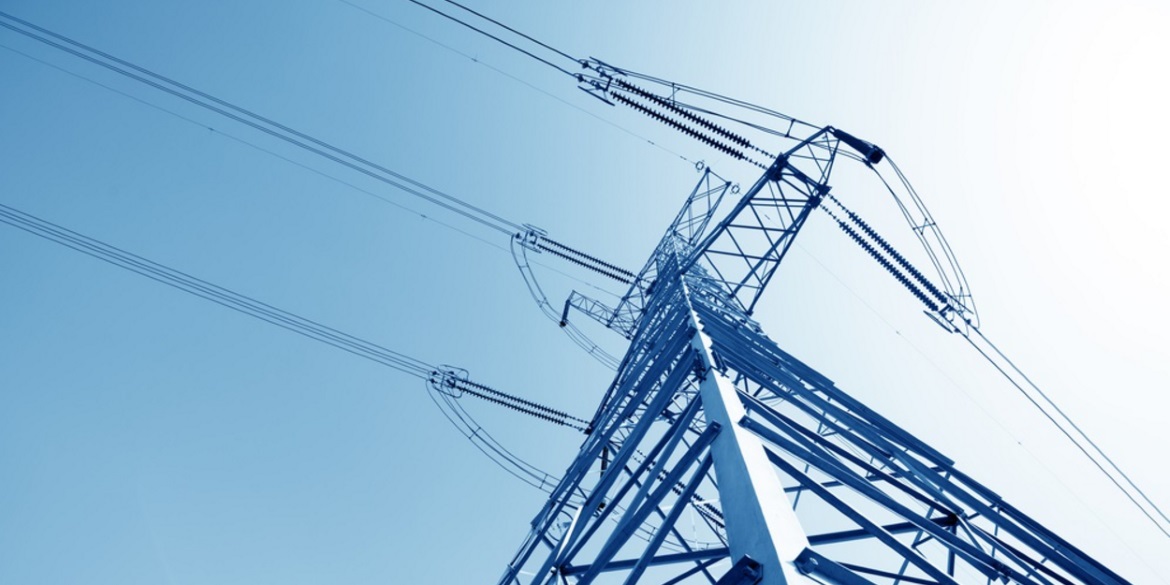This is the third article of an 11-part series on Solar+ homes. The series describes how homeowners can combine simple energy efficiency measures, solar PV, electric vehicles and appliance electrification to create households that are fully powered by solar electricity—even in existing homes. A Solar+ home provides substantial economic and environmental savings to the homeowner. Today’s article focuses on how Solar+ homes could be attractive to utilities by creating load profiles that are low-cost for utilities to serve.
EV + PV is attractive to consumers
One investment approach that is gaining traction among consumers is to buy an electric vehicle (EV), and then size the solar photovoltaic (PV) system to meet existing consumption plus the extra consumption required by the EV.
Figure 1 presents electric load on a typical summer day after consumers have taken this approach. The graphs on the right present end-use consumption and PV production. The graphs on the left present consumption minus production, or net consumption. The dashed line corresponds to net consumption before any investments. The figure shows that this would have required a 6.8 kW PV system in the case of the prototype house. There is sufficient production to satisfy consumption on an annual basis.

The problem is that net consumption has steep peaks and troughs, and rapid ramp rates. This is a costly load for utilities to serve.
But what about violation of the “efficiency first” mantra?
Energy experts might be tempted to wring their hands because the “efficiency first” mantra has been violated. Consumers are buying what is attractive to them (an EV + PV combination), and they have missed the opportunity for efficiency investments.
Fortunately, this is not the case. Figure 2 presents the electric load for a home after all Solar+ home investments have been made. In addition, the loads are controlled to match PV production. One thing to notice is that the PV system is nearly the same size for the Solar+ home and EV + PV only home. In fact, the Solar+ home PV system size is slightly smaller.

This initially appears to be magic. It’s not. It has been accomplished by implementing basic efficiency investments after the PV was installed, and using the electricity savings to fuel-switch appliances (water and space heating). The basic efficiency investments include phantom load reduction, LED lights and building sealing. More advanced investments include targeted insulation. Nighttime ventilation would further reduce consumption.
A second thing to notice is that net load is fairly flat. This has been accomplished by controlling three key loads: HVAC, water heater and EV. The result is that this load is a low-cost load to serve. The load would be flat if the new net load was added to the old net load. This suggests that the residential load would be flat if half of all residential customers had Solar+ homes, and half did not.
A third thing to notice is what is absent from the figure. Every device in the house does not need to be controlled if the correct efficiency investments have been made. It’s sufficient to focus only on EV, HVAC and water heating consumption.
How to get to a Solar+ home
Clean Power Research has developed algorithms that leverage the existing thermal mass of a building to shift HVAC load and to control the water heater. Thermal storage is similar in many ways to electrical storage, but with the added benefit that there are no capital or operational costs. There are only moderate additional energy losses.
Figure 3 illustrates how the thermal capacity in a heat pump water heater has been implemented to match PV production in the prototype house. The result even works in the winter months.

Key takeaways
One key takeaway is that energy experts need not fret that consumers are purchasing an EV + PV combination and skipping efficiency. These households can still be converted to 100% solar to achieve a Solar+ home after the PV investment. In fact, they may be excellent candidates because they have expressed interest in their energy consumption. It will be feasible in many cases to achieve Solar+ homes without additional PV being required. It can be accomplished by combining efficiency actions with appliance electrification.
A second key takeaway is that utilities and Solar+ homes should be close friends. The Solar+ homes can have profiles that are low-cost for utilities to serve. Utilities simply need to take actions that encourage HVAC, EV and water heater electricity consumption to occur at specific times.
Don’t miss the next article in the series! Subscribe now to receive future updates about Solar+ homes.
To go to the next article in the Solar+ homes series, click here.
To go to the previous article, click here.
To jump to the first article in the series, click here.
